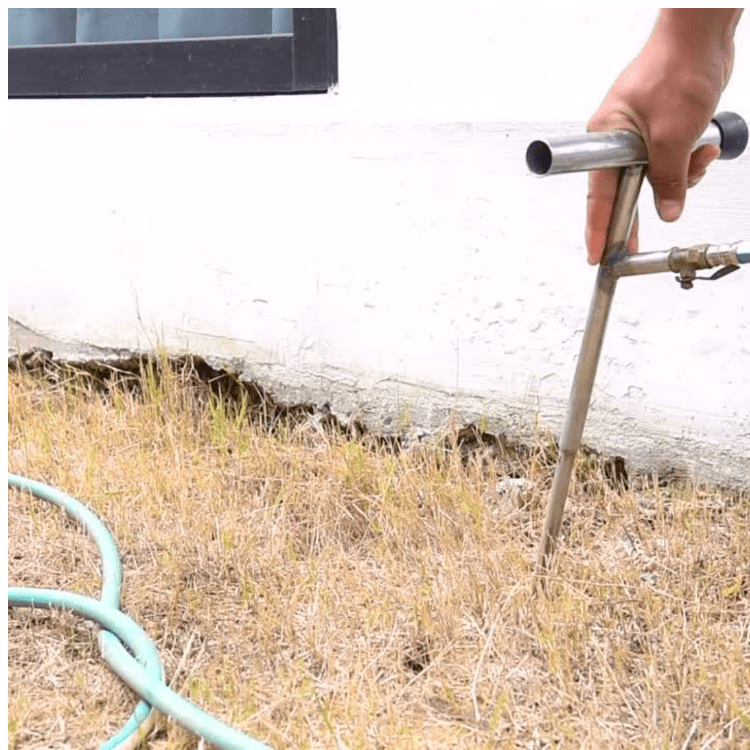The Silent Invaders: Unmasking the Swarming Seasons of Termites in California

Introduction
Every homeowner in California has the same nagging fear at the back of their mind: termites. These tiny pests can cause catastrophic damage before you even realize they’re there. Understanding their swarming seasons and behaviors is your first line of defense. This guide dives deep into the lifecycle of termites in California, focusing on when these pests are most active and how you can prevent them from turning your home into their next meal.
When Do Termites Swarm In California?
Termite Swarmers typically seek new shelter after a rainy season or an extremely hot and humid season for dry wood termites.
This is typically around September or October and for subterranean termites. This usually happens after the rainy season in late March and Early April.
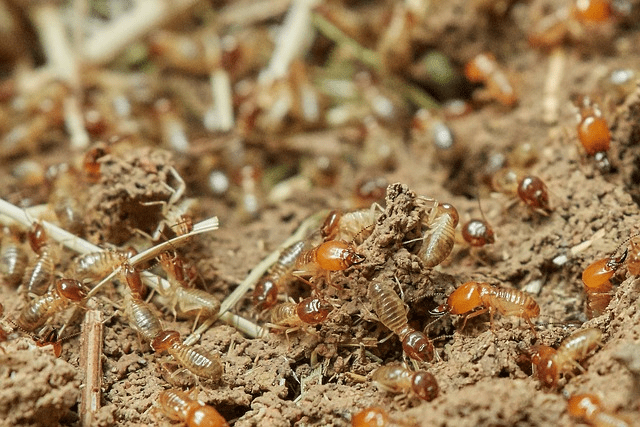
What is a Termite Swarm?
Termite inspection will help you determine what type of termite colony you have, and whether or not it may just be flying ants or drywood termites.
Worker termites leave distinct signs behind like termite and termite droppings.
All of these are considered termite activity. A mature termite colony will show signs of termite damage, check out our post on top rated termite control.
Swarmer Termites: All You Need to Know
Termites are a very destructive pest, they like to typically swarm in early fall.
They are attracted to light and usually can be found in window sills. Early detection is key to prevent wood damage against the silent destroyers.
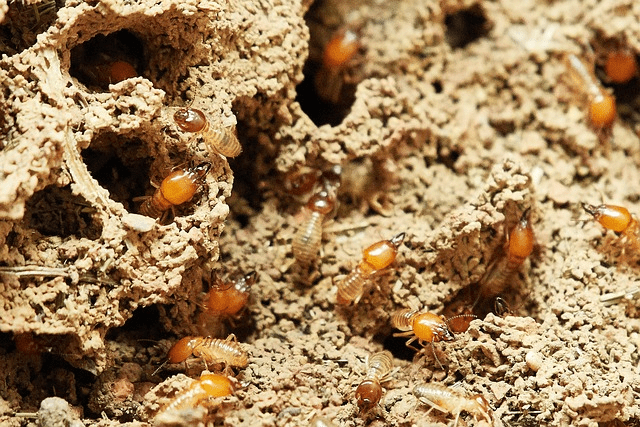
What do termite swarmers look like?
Termite Swarmers are typically dark brown in color and have wings equal length they also have elbowed antennae.
A well established colony could have 200 to 500 Swarmers fly around and you will see dead insects and discarded wings equal to the amount of termites that swarmed.
How to Get Rid of Termite Swarmers
Many homeowners try to inspect themselves, but it’s always recommended to get a free inspection because there are a variety of other things that go into a good treatment.
The inspector looks for other termites, exit holes colony size, new colonies, and other types of active infestation.
Termites, build a underground colony with mud tubes that are invisible to the naked eye, they also forage in dead tree stumps and moist soil.
They can typically be found on houses with a slab foundation in the kitchen or bathroom where there is plumbing or moisture when this is determined, you may need to open walls for a further inspection.
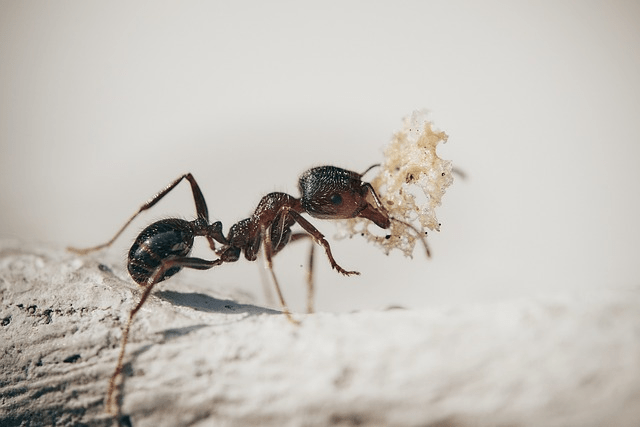
Swarmer Termite vs Flying Ant
Swarming termites are much different than swarms of ants.
Swarms of termites tend to go for the light where as swarm ants typically stay low to the ground.
A swarming ant is a small black insects with wings that are not equal in size and they also live in the soil.
However, termite Swarmers are reddish brown and have wings that are the same size.
Subterranean termites also are black in color, but have equal length wings similar to the dry termite.
A swarmer termite comes from other termite colonies, looking to reproduce, termite infestations are never the same, some can be big and some can be small.
Talking to a professional to determine the species and severity of infestation is key to preventing significant damage.
When is termite swarming season?
Termite swarms develop in the early summer months, swarmers are very destructive pest and can cause thousands of dollars in damage so staying ahead of the swarm is highly important.
Consider doing this in the winter months to prevent any underground Nest or new colony from forming.
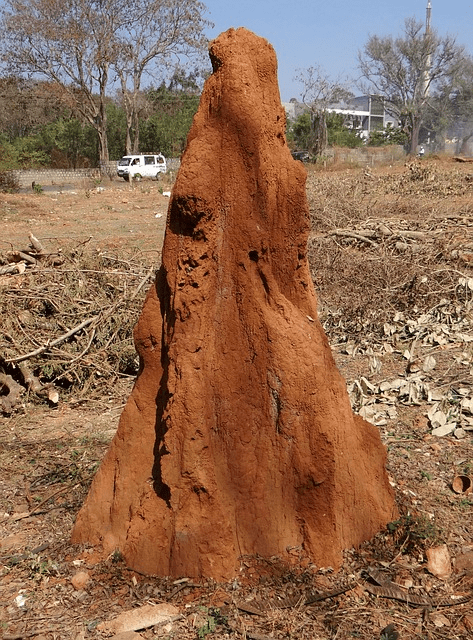
Formosan Subterranean Termite
Subterranean termites are much different than the flying ones that you typically see, regular termite inspections will help you prevent these destructive pests.
Subterranean termite activity is very distinctive because of the mud tubes that they leave behind,
A small leak that has gone undetected can attract termites and caused them to swarm indoors, if you think you have a termite nest or not sure what type of species the termite may be, we recommend filling out the form below so we can help you identify the type of termite you are seeing.
Drywood Termite Swarms
Dry, wood termite swarms show signs before they burst from the wood.
Typically, this will be in the form of termite droppings, discarded wings, and termite frass.
Frass is similar to a sawdust that’s left behind after they bore into the wood headfirst in order for this stage to happen they must first kick their wings off.
Keep in mind that a termite swarm always leads to a termite infestation.
If you think you may have a termite swarm, please contact your pest control company and let them know what type of termites do you think you may have?
Know the Warning Signs
There are three types of species of termites to look out for when you inspect, there are subterranean termites, there are dry wood termites, and there are dampwood termites, the drywood termites, and the dampwood termites swarm from above ground while subterranean termites swarm from underneath the ground.
Make Sure That You Don’t Have Ants
Having ants could be a sign of termite infestation, they like to invade the dry wood colony and take over the nest, eating all the termites and making it their current colony.
Swarmer termite season is typically in the early fall, and you will quickly be able to tell if you have signs of a termite infestation start by doing some more research on some of our other links to know the type of termite you may have.
Pest Control Vs Termite Control
Pest control involves bait stations to prevent pest and other types of swarming colonies that are not termites.
Only a licensed company can identify the exact type of swarming termites and let you know whether it’s dry termites or subterranean termites.
A termite problem does not go away, and you will continue to see termites swarming on a regular basis year after year a termite treatment only takes about an hour of your time and will eliminate any termite swarms to come in the future.
The severity of Drywood termites
These termites cause over $12 million in damages annually in the United States.
If you think you have noticed termites swarming or any hollow wood or swarms that may look suspicious, don’t hesitate to contact us as soon as possible.
Swarmers are very distinct and should be taken very seriously, swarming termites have a straight antennae and they are dark brown in color.
It is important not to get them confused with subterranean termites, which live in the soil and they’re colonies leave behind mud trails.
Here are five frequently asked questions (FAQs) based on the questions we get asked the most:
What triggers termite swarming in California?
Termite swarming in California is influenced by seasonal weather conditions. Drywood termites typically swarm after a hot and humid season, around September or October, while subterranean termites swarm after the rainy season, usually in late March and early April.
How can I distinguish between termite swarmers and flying ants?
Termite swarmers and flying ants can be differentiated by their physical characteristics. Termites have wings of equal length, straight antennae, and a straight waist, whereas flying ants have unequal wing lengths, and a pinched waist.
What are the signs of a termite infestation?
Signs of a termite swarms include the presence of mud tubes, discarded wings near windows or light sources, hollow-sounding wood, and visible damage to wooden structures.
Why is detection of termites important?
Early discovery is crucial to prevent significant structural damage to your property. Termites can cause extensive damage if not managed promptly, leading to costly repairs.
What steps should I take if I suspect a termite infestation?
If you suspect a termite attack on or near your property, it is recommended to contact a professional pest control service for an inspection.
Professionals can provide an accurate assessment and recommend appropriate treatment options to control and eliminate the termite colony.



